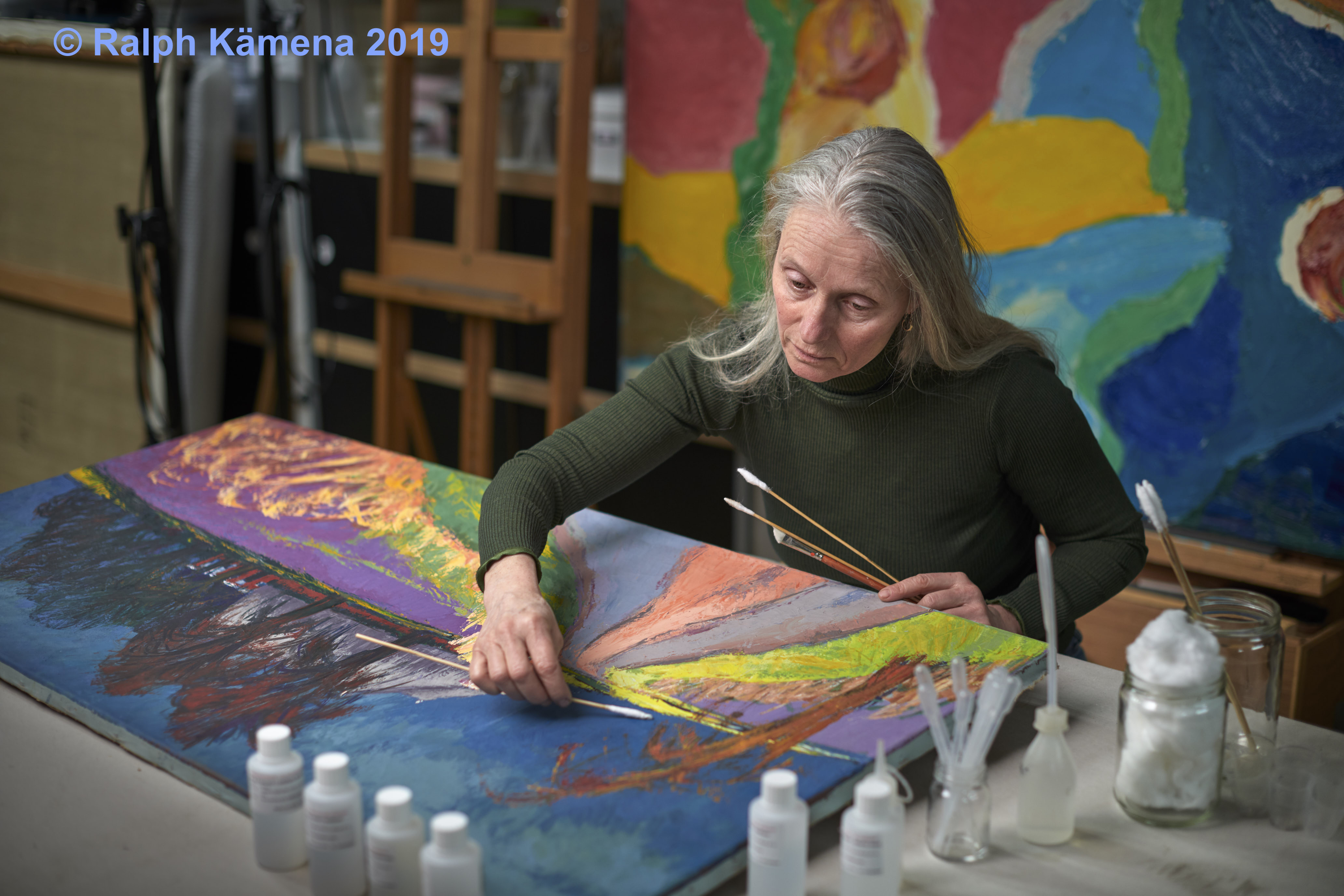Last week at Institut National du Patriomoine (INP) Paris, Marion Mecklenburg senior researcher at the Smithsonian institute gave a workshop about the examination of mechanical and dimensional behaviour of artists’ materials with respect to changes in ambient relative humidity it is possible to identify those materials that are at risk. As formulated by the INP. During the course we got familiar with the results of tensile tests, swelling isotherms, and restrained testing of artists’ linen canvases, hide glues, gessoes, and oil paints. While many of these materials together can act as a composite painting structure, it is possible to show which individual layer is developing either high or low stresses with changes in humidity and both temperature. After dragging us first into the physics, Marion showed us illustrations of actual damaged paintings and relates their damage to specific properties of individual artists’ materials and the environments inducing the damage. Additionally, the goal of the workshop is that from examining the properties and performance of the individual artists’ materials we shall be able to determine the properties required for possible consolidating adhesives in order to properly restructure a damaged painting.
During the workshop I grew more familiar to the matter but certainly need more study.
| graph showing the influence of a wax/resin lining on a painting |
| view from the location, Galerie Colbert, 2 rue Vivienne, Paris |







